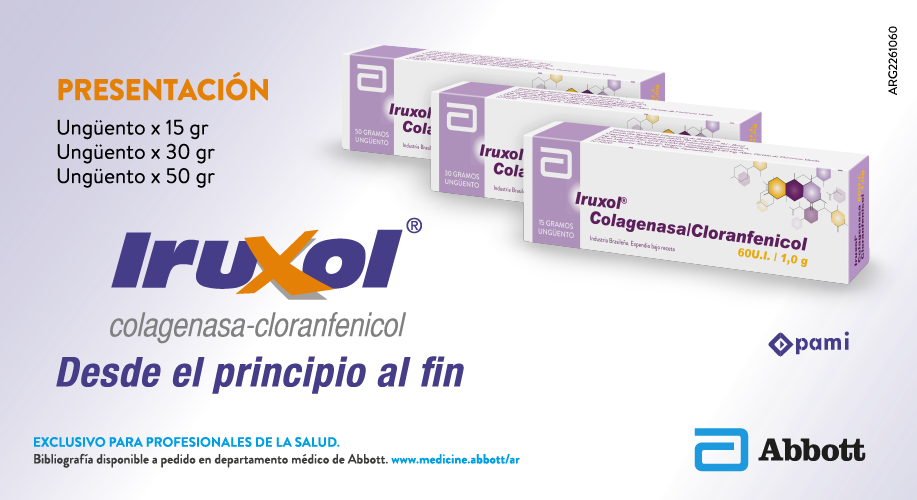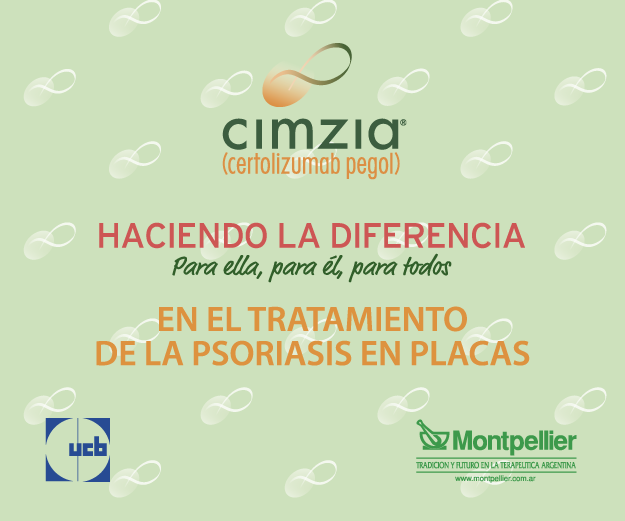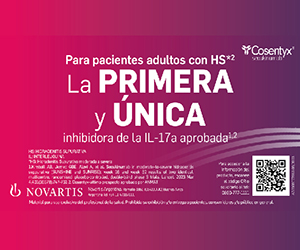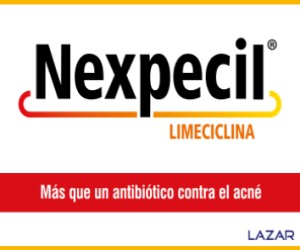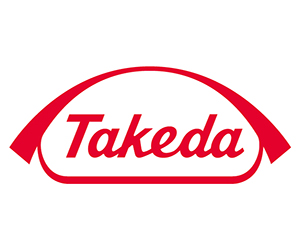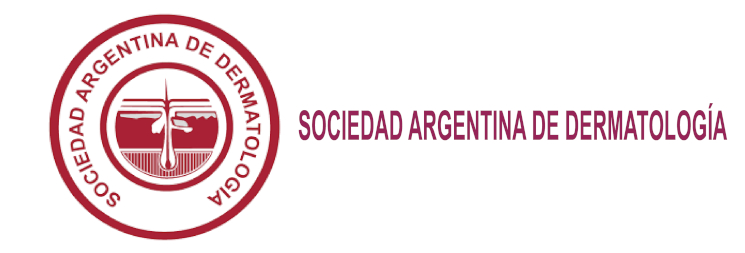Complications arising from artistic body tattoos: our experience
Resumen
AbstractBackground. Tattooing is an art known since ancient times, popularized as from the 1990s and not without adverse reactions.
Objectives. To classify tattooing complications in patients consulting for adverse reactions to tattoos. To identify clinical and histological patterns, and frequency distribution, as well as the patch test (PT) and component chemical analysis results.
Design. Retrospective and prospective, observational, carried out at the Dermatology Unit of Hospital General de Agudos “Dr. Cosme Argerich” from March 1, 1998 to November 30, 2006.
Methods. Methodology was carried out through review of medical records, to gather information about: 1) physical examination, 2) laboratory tests, 3) histopathological exams, 4) patch test, and 5) chemical analysis of the dye.
Results. In the above mentioned period, 21 patients were treated for tattoo complications: 80.8 percent were reactions to decorative dyes, 9.6 percent to an adverse eff ect of removal, 4.8 percent to infl ammatory reactions due to injection injury, and 4.8 percent coincidence with skin disease location.
Conclusions. Most tattooing complications in our experience were accounted for by dye reactions, which could be related either to the presence of the exogenous component, to individual predisposition, or to a combination of both factors. Tattooing complications may be deemed infrequent, but
they alter the results of a procedure with esthetic purposes
(Dermatol Argent 2008;14(1):46-55).
Key words: tattoo, complications.
Descargas
Publicado
Número
Sección
Licencia
El/los autor/es tranfieren todos los derechos de autor del manuscrito arriba mencionado a Dermatología Argentina en el caso de que el trabajo sea publicado. El/los autor/es declaran que el artículo es original, que no infringe ningún derecho de propiedad intelectual u otros derechos de terceros, que no se encuentra bajo consideración de otra revista y que no ha sido previamente publicado.
Le solicitamos haga click aquí para imprimir, firmar y enviar por correo postal la transferencia de los derechos de autor


